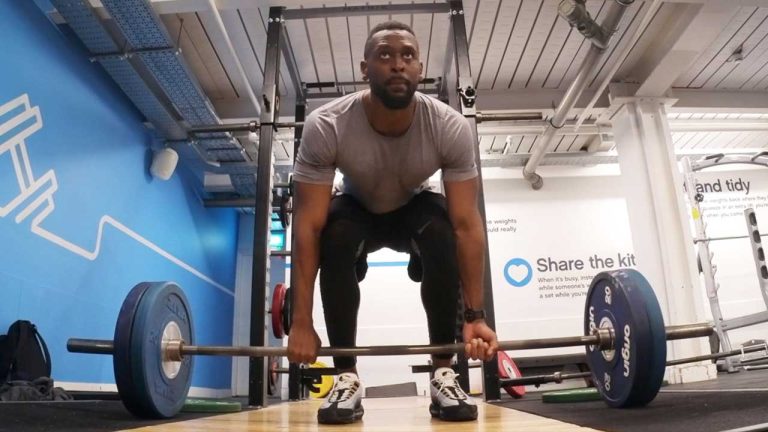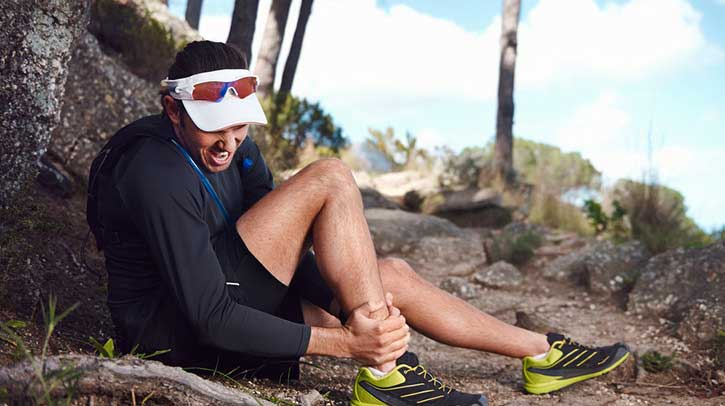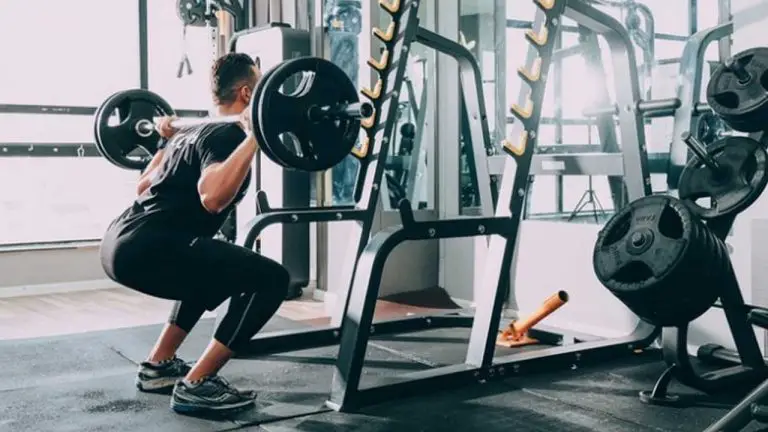Heat Or Ice – Which is Better For Sore Muscles?

ListedFit is reader-supported. When you buy through links on our site, we may earn a small commission.
Pushing yourself a bit too hard trying to beat your own record or scoring the winning goal can cause injury. Exercise-Induced Muscle Damage (EIMD) and Delayed-Onset Muscle Soreness (DOMS) to be exact. There’s nothing worse than an inflamed or stiff muscle to cramp your style!
So should you use a heat or an ice pack? This is a question that has bamboozled many for years, athletes and doctors alike. There is still confusion about what the benefits and drawbacks of each treatment are.
While you can use both for a whole range of ailments such as osteoarthritis, tendonitis, strains, sprains, and neck or back pain, their effects are different and can be harmful if misused.
Heat or Ice – How They Both Work
A hot water bottle, compress, microwaveable pad, capsicum wrap or a warm bath are all effective in improving blood circulation. Moist heat, such as a damp compress or a warm bath will act faster than dry heat and can be left in place for up to two hours.
You can make warm compresses easily with a small towel soaked in hot water. However, experts recommend leaving the heat on for no longer than twenty minutes, up to three times a day.
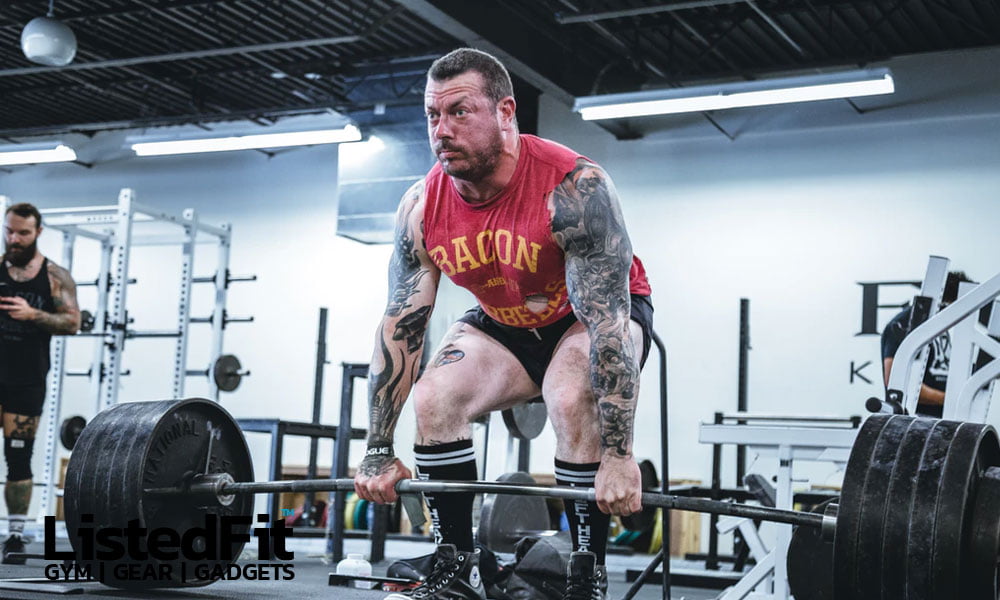
Cold therapy, or cryotherapy, does the exact opposite. The cold constricts blood vessels, meaning a decrease in blood flow and slows down pain messages between the tissue and the brain. Meaning reduced inflammation, swelling, tissue damage, and pain, acting as a local anaesthetic. It’s perfect for calming down damaged superficial tissue and subduing the pain.
Apply your cryotherapy with a cold water bottle, freezable pad, cold compress, ice-cube massage or cold bath. You can also make cold compresses using a small towel soaked in cold water. Much like thermotherapy, do not let the cold touch your skin for more than twenty minutes at a time, as this can cause tissue damage. Do this every four-to-six hours.
There are a few caveats on the use of cryotherapy to treat your muscles. Never put the cold source directly against the skin, as this could cause tissue damage. Ice cube massage is safe because the cold source is never on the same spot for long. Since cold temperatures reduce blood flow, cryotherapy shouldn’t be used on an open wound. While it might reduce bleeding, it could cause further tissue damage and prevent healing or recovery. Cold therapy can also induce cramping, so if you already feel at risk of muscle spasms, don’t add a cold source.
But which is best?
Author
Latest entries
 FitnessAugust 19, 2023Yohimbe vs Yohimbine: A Quick Comparison Guide
FitnessAugust 19, 2023Yohimbe vs Yohimbine: A Quick Comparison Guide AshwagandhaJune 16, 2023Is Ashwagandha Good for Working Out? Key Benefits Explored
AshwagandhaJune 16, 2023Is Ashwagandha Good for Working Out? Key Benefits Explored Sports HeadphonesMay 25, 2023Why Your EarBuds Keep Falling Out – Quick and Easy Solutions
Sports HeadphonesMay 25, 2023Why Your EarBuds Keep Falling Out – Quick and Easy Solutions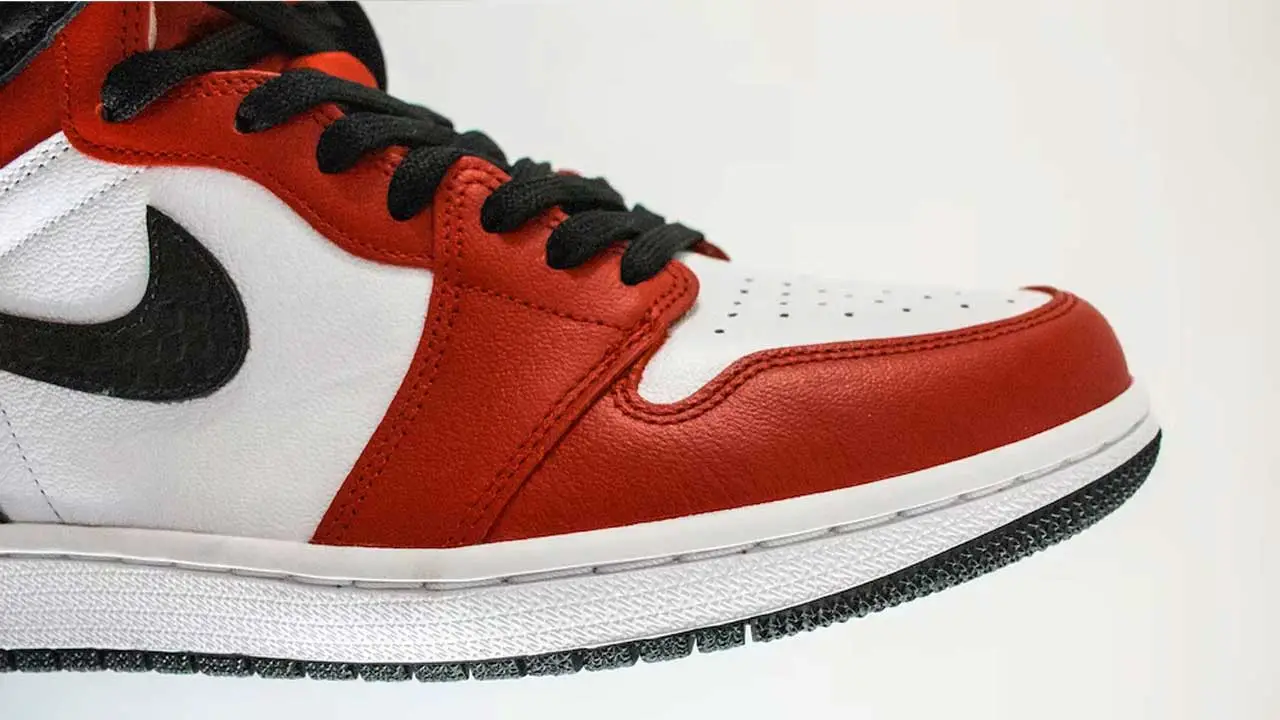 Nike ShoesMay 12, 2023Do Nikes Run Big or Small? Decoding the Perfect Fit
Nike ShoesMay 12, 2023Do Nikes Run Big or Small? Decoding the Perfect Fit
Affiliates:
This post may contain affiliate links that at no additional cost to you, the site may earn a small commission. We only recommend products we would use ourselves and all opinions expressed on this site are our own.
General Advice:
The information provided in this article is for general informational purposes only. It is not intended as a substitute for professional advice. Always consult with a qualified healthcare professional before starting any new diet, exercise program, or making changes to your health routine.
Accuracy Advice:
While we strive to provide up-to-date and accurate information, the content in this article may not reflect the most current research or medical guidelines. We encourage readers to do further research and consult with professionals for more personalized advice.
Our Recommendations:
The products and services mentioned in any of our articles are recommended based on our independent research and personal experience. We are not sponsored by any company. We aim to suggest products and services we believe are of high quality and could be beneficial to our readers.



